Ethno-confessional identification of a religious minority (on the example of the Seventh-day Adventist Church of Russia)
Based on different theoretical and methodological approaches and online survey data, the article, analyzes the process of ethno-confessional identification of members of the Seventh-day Christian Adventist Church of Russia (SDACR). This Church, like other Protestant organizations, is among the religious minorities in Russian society, but its adherents are predominantly Russians, i.e. members of the ethnic majority. This introduces specific features into the self-determination of its members in terms of religious and ethnic affiliation and requires adjustments to the methods of Western sociologists used to study religious minorities. The basic variables in the online survey were gender, age, duration of Church membership, marital status, level of education, and occupation. Adventists living in metropolitan cities (Moscow and Saint Petersburg) and 20 subjects of the Central, Volga, Northwestern, Southern, North Caucasus and Siberian federal districts took part in the survey. This made it possible to identify some territorial trends. Much attention is paid to the role of the social service of the SDACR in the ethno-confessional identification of its members, since this religious organization pays considerable attention to this area of social activity and was the first in the world among the Seventh-day Adventist Churches to develop and accept for implementation its social teaching. Secondary analysis of empirical data allowed us to make a number of comparisons in identification processes among Orthodox, Muslims and Adventists.
Figures
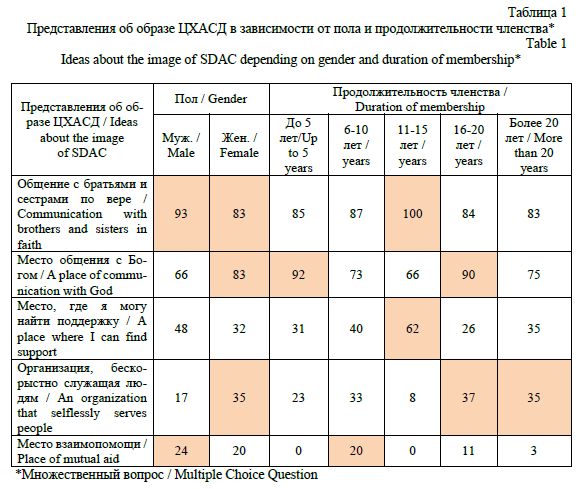
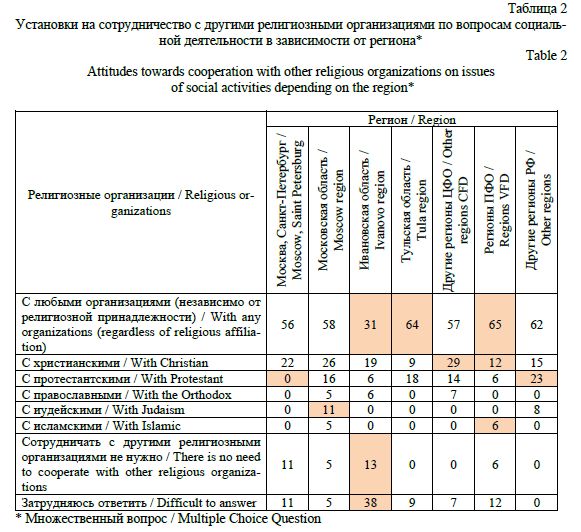
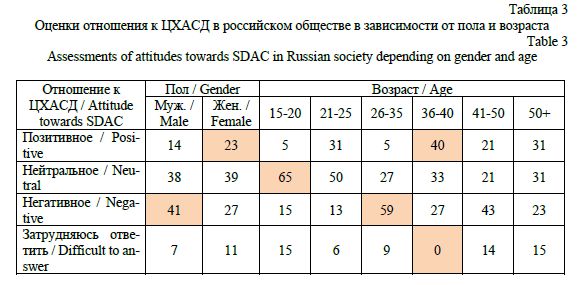
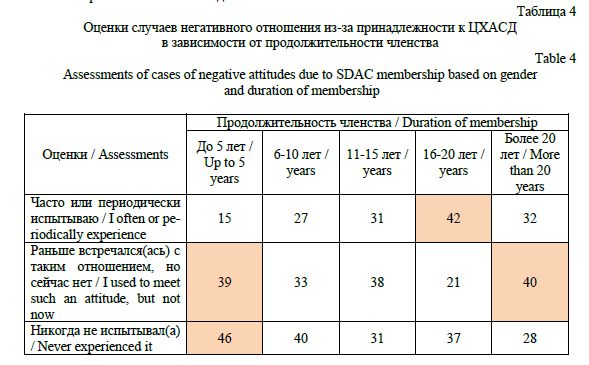
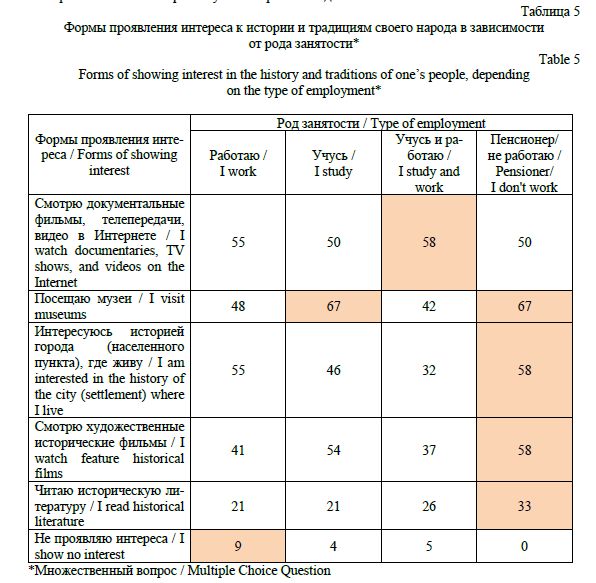



Belova, T. P. (2024), “Ethno-confessional identification of a religious minority (on the example of the Seventh-day Adventist Church of Russia)”, Research Result. Sociology and Management, 10 (1), 84-99. DOI: 10.18413/2408-9338-2024-10-1-0-7














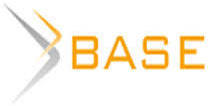


While nobody left any comments to this publication.
You can be first.
Arena. Atlas religiy i natsionalnostey Rossiiskoy Federatsii [Arena. Atlas of religions and nationalities of the Russian Federation] (2012), Issledovatelskaya sluzhba “Sreda”, Moscow, Russia. (In Russian)
Belova, T. P. (2010), “Urban space as a sphere of ethno-confessional relations”, Sociological Studies, (12), 94-106. (In Russian)
Vera. Jetnos. Natsiya. Etnicheskiy komponent religioznogo soznaniya [Faith. Ethnos. Nation. Ethnic component of religious consciousness] (2009), in Mchedlov, M.P. (gen. ed.), 2nd edition, Kulturnaya revolyutsiya, Moscow, Russia. (In Russian)
Istoriya religiy v Rossii: Uchebnik. [History of religions in Russia: Textbook] (2004), in Vasilyeva, O.Yu., Trofimchuk, N.A. (gen. ed.), 2nd edition, RAPA, Moscow, Russia. (In Russian)
Kargina, I. G. (2018), “Significant features of the identity of Russian Protestants and Protestant organizations: according to the results of sociological studies of the post-Soviet period”, in Fokin, D.A. (ed.), Posledovateli Reformatsii i rossiiskoe obshhestvo: puti sovmestnogo razvitiya (k 500-letiyu Reformatsii): Sbornik nauchnyh trudov, Moskva-Zaokskiy, 08–09 noyabrya 2017 goda [Followers of the Reformation and Russian society: ways of joint development (to the 500th anniversary of the Reformation): Collection of scientific works, Moscow-Zaoksky, November 08-09, 2017], Religioznaya dukhovnaya obrazovatelnaya organizatsiya vysshego obrazovaniya “Zaokskiy universitet Tserkvi Khristian – Adventistov Sedmogo Dnya”, Moscow; Zaoksky, Russia, 64-79. (In Russian)
Kravchenko, S. A. (2009), Riski v nelineinom globolokalnom sotsiume [Risks in a nonlinear globolocal society], Ankil, Moscow, Russia. (In Russian)
Kublitskaya, E. A. (2022), “Ethno-confessional and socio-political views of indigenous and non-indigenous Muscovites (sociological experience)”, Science. Culture. Society, 28(4), 135-149. DOI: https://doi.org/10.19181/nko.2022.28.4.11. (In Russian)
Lebedev, S. D., Starchenko, D. G. (2022), ‘To the methodology of studying the reflectivity of religion in modern society’, The sociology of religion in Late Modern society, 11, 47-56. (In Russian)
Mchedlova, M. M. (2016), “Religious and worldview factor and interethnic relations in Russia”, Research Result. Sociology and Management, 2(3), 40-44. DOI: 10.18413/2408-9338-2016-2-3-40-44. (In Russian)
Osnovy sotsialnogo ucheniya Tserkvi Khristian Adventistov Sedmogo Dnya Rossii [Fundamentals of social teaching of the Seventh-day Adventist Church of Russia] (2017), Euro-Asia Division of the Seventh-day Adventist Church, Moscow, Russia. (In Russian)
Protestantizm: pro et contra. Vzglyady i polemika otechestvennyh avtorov v XVI – nachale XXI veka: Antologiya [Protestantism: pro et contra. Views and polemics of domestic authors in the 16th – early 21st centuries: An Anthology] (2012), in Smirnov, M.Yu (ed.), RHGA, St.-Petersburg, Russia. (In Russian)
Religiya v samosoznanii naroda (religiozny faktor v identifikatsionnyh protsessah) [Religion in the self-awareness of the people (religious factor in identification processes)] (2008), in Mchedlov, M.P. (gen. ed.), Institute of Sociolody RAS, Moscow, Russia. (In Russian)
Ryzhova, S. V. (2019), “Religiosity, ethno-confessional identity and problems of interethnic accord”, Sociological Studies, (2), 49-58. DOI: 10.31857/S013216250004006-9. (In Russian)
Etnosy i konfessii Surguta: desyat let spustya. Materialy sravnitelnogo sotsiologicheskogo issledovaniya problem garmonizatsii mezhnatsionalnyh i mezhkonfessionalnyh otnosheniy, 1995-2005 gg. [Ethnic groups and confessions of Surgut: ten years later. Materials of a comparative sociological study of the problems of harmonization of interethnic and interfaith relations, 1995-2005] (2007), in Lopatkin, R.A., Gurenkova, T.D. (gen. ed.), Surgutskaya tipografiya, Surgut, Russia (In Russian)
Basedau, M, Fox, J., Zellman, A. (2023), Religious Minorities at Risk. Oxford University Press, Oxford, UK, 245. DOI: 10.1093/oso/9780197693940.003.0006/
Kim, R. Y. (2011), “Religion and Ethnicity: Theoretical Connections”, Religions, 2 (3), 312-329. DOI: 10.3390/rel2030312
Petri, D. P. (2021), The Specific Vulnerability of Religious Minorities, VKW, Bonn, Germany, 302.